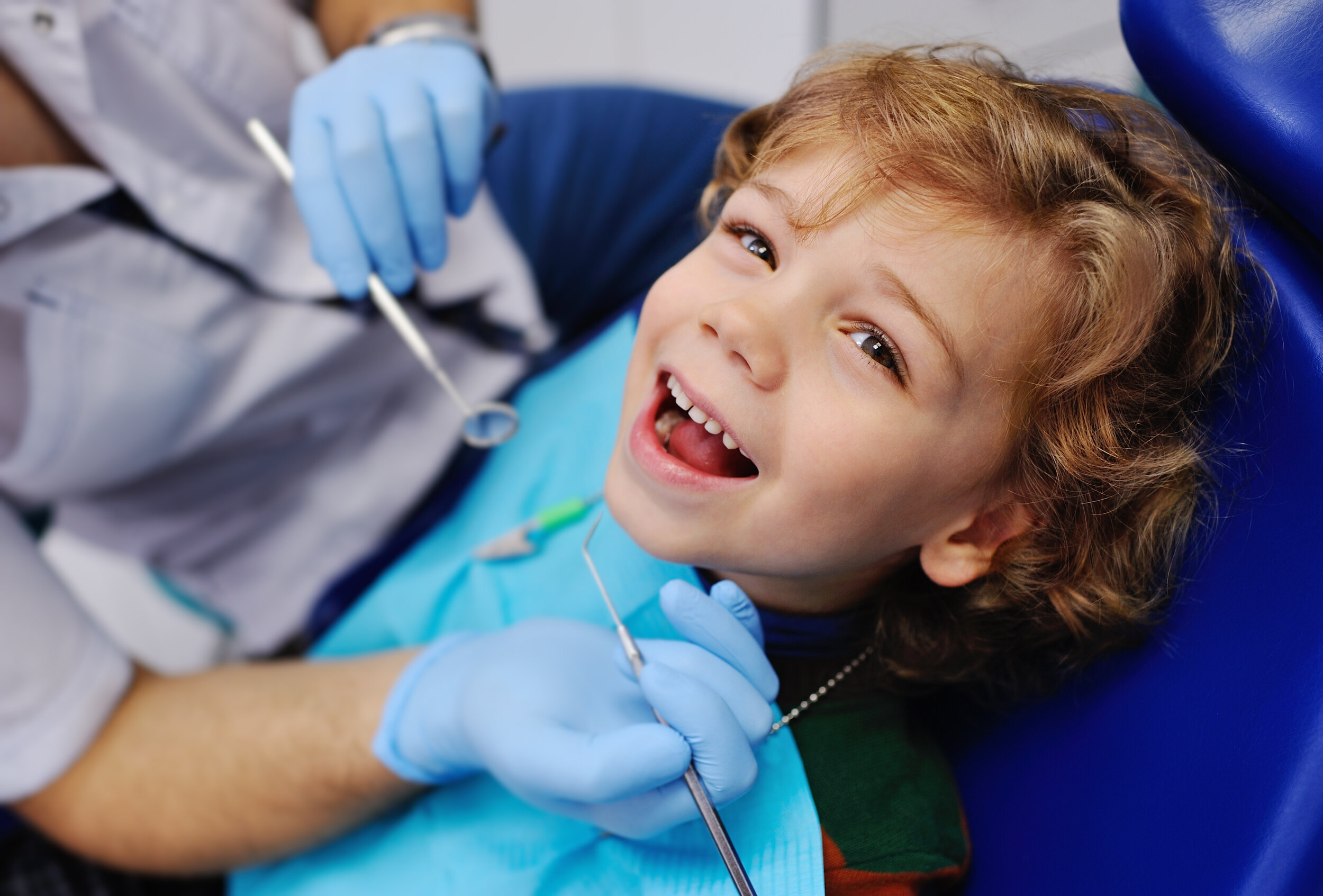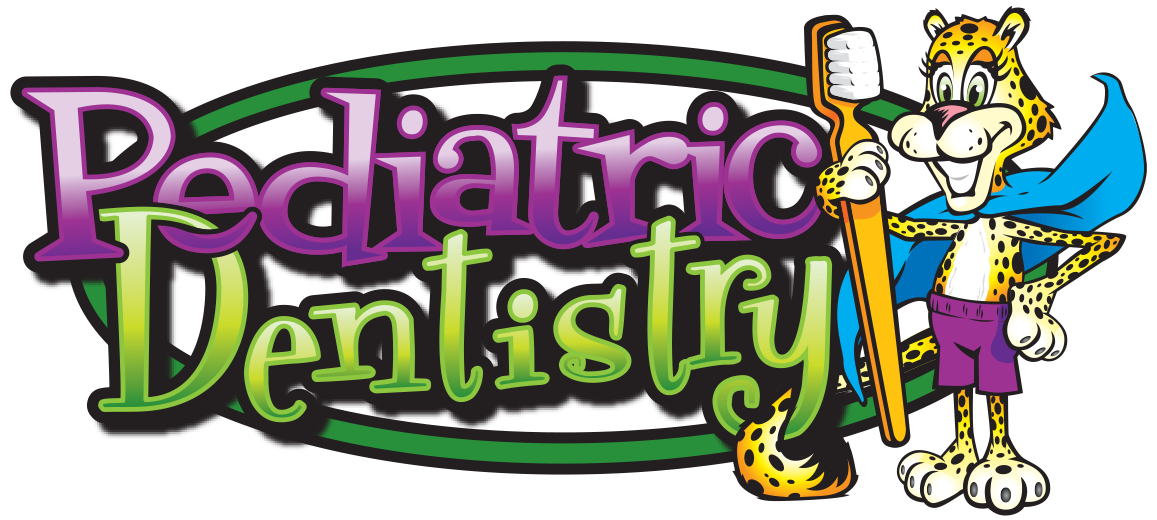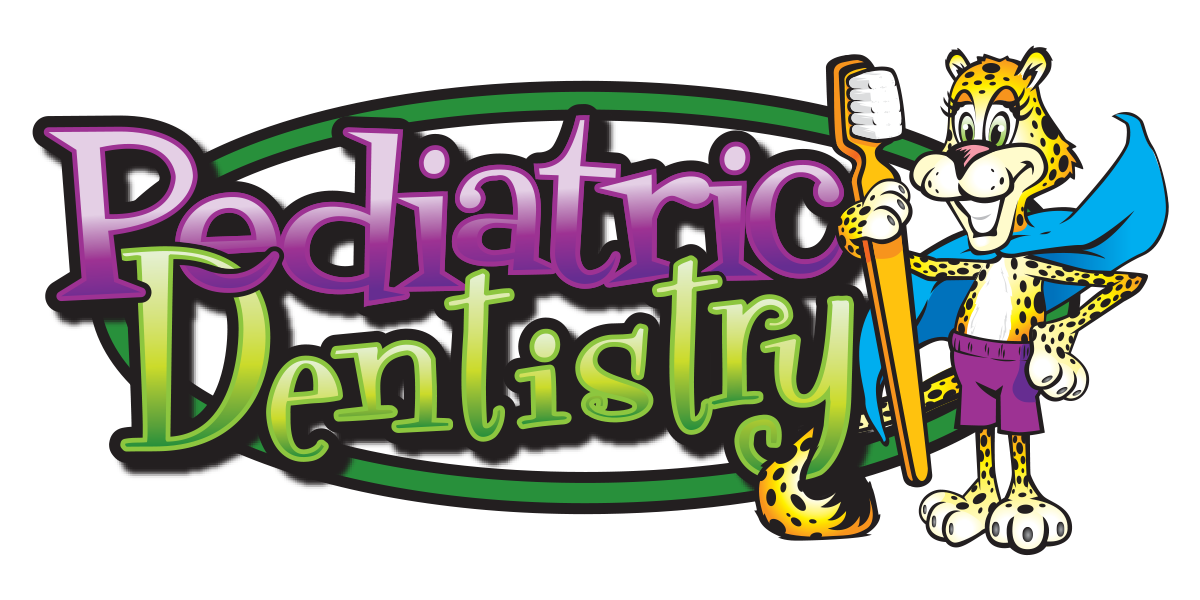
FREQUENTLY ASKED QUESTIONS

What types of payment does your office accept?
We accept cash, credit cards (MasterCard, Visa and Discover), CareCredit, most Preferred Provider Organization (PPO) insurances and most Florida Healthy Kids Dental insurance plans. In addition, we will assist in the preparation and filing
of your insurance claim.

When should my child first see a dentist?
"First visit by first birthday" sums it up. Your child should visit a pediatric dentist when the first tooth comes in, usually between six and twelve months of age. The earlier children begin visiting the dentist, the better the chance of preventing dental problems. Children with healthy teeth chew food easily, learn to speak clearly, and smile with confidence. Start your child now on a lifetime of good dental habits.
How can you as a parent develop positive dental habits in your child and help prevent dental decay?
Here are some suggestions…
• Set a good example
• Make oral health a family effort
• Convey importance of daily brushing and flossing, limited snacking and regular dental checkups with your pediatric dentist
• Support brushing and flossing - assisting and performing spot checks as needed
What is the most cost-effective means to prevent dental caries?
Current evidence indicates that fluoride varnishes with the concentration of 5% sodium fluoride are the most effective of all topically (external application to teeth) applied fluoride products. Fluoride varnish should be applied every 6 months to protect and harden teeth that are present in the mouth.
How do dental sealants work and are they necessary?
The chewing surfaces of children’s teeth are the most susceptible to cavities and are the least susceptible to the benefits from fluorides as opposed to the flat surfaces of teeth. Sealants work by filling in crevasses on the chewing surfaces where four out of five cavities in children are found. These irregularities can't be cleaned effectively, even by diligent brushing, because a single toothbrush bristle is far too large to get into these grooves. Plaque is then allowed to form out of reach of daily cleaning. Sealants fill these grooves with a plastic material which hardens and acts as a barrier to food, plaque and acid, thus protecting these decay-prone areas. The application of sealants is fast and comfortable and successfully protects teeth for many years.


What are the most common dental procedures performed in a pediatric dental office?
Radiographs (X-Rays) - are a vital and necessary part of your child’s dental diagnostic process. Without them, certain dental conditions can and will be missed. There is very little risk in dental X-rays. Pediatric dentists are especially careful to limit the amount of radiation to which children are exposed. Lead aprons and high-speed film are used to ensure safety and minimize the amount of radiation. The American Academy of Pediatric Dentistry recommends radiographs and examinations every six months for children with a high risk of tooth decay.
Composites or tooth colored, plastic fillings - are used to restore fractured teeth and/or areas of decay in permanent and primary teeth. The shade of the restoration material is matched as closely as possible to the color of the natural tooth which makes it an ideal material for esthetic areas such as the anterior teeth.
Anterior Strip Crowns - restoration of choice for upper or lower front teeth that have multiple surface or large cavities. It is a clear plastic tooth form that is trimmed and filled with composite resin (tooth colored filling material) to provide full tooth coverage after cavity removal.
Stainless steel crowns - are silver colored "caps" used to restore teeth that are too badly decayed to hold fillings, in need a nerve treatment and/or badly fractured due to trauma. Crowns with white facings can be used on front teeth.
Pulpotomy - this procedure is a nerve treatment in which the sick part of the nerve within the crown portion of the tooth is removed and medicine to prevent bacterial growth and to calm remaining nerve tissue is placed in order to avoid extracting the tooth. This nerve treatment is then followed by a final restoration (usually a stainless steel crown).
Space maintainers - are used to hold space for a permanent tooth when a baby tooth has been prematurely lost. If space is not maintained, teeth on either side of the missing tooth can drift into the space and prevent the permanent tooth from erupting into the right area or even prevent it from erupting into the mouth.
Interceptive orthodontics - as a child grows and matures, there may be indications that your child's teeth/jaws may not develop into normal position and biting relationships. At a young age, we start to be concerned with underdeveloped dental arches, jaw malrelationships, premature loss of primary teeth, dental realignment problems and harmful habits such as finger or thumb sucking. Interceptive orthodontics (commonly referred to as Phase I treatment) allows minor tooth movement and/or jaw modifications during an early developmental time in your child's life. This type of treatment may include fixed or removable appliances, spacers, and/or braces. Between the ages of 6-12 years is an excellent time to start treatment, when indicated, as your child’s hard and soft tissues are usually very responsive to orthodontic and/or orthopedic forces. Treatment initiated in this stage of development is often very successful and many times, though not always, can eliminate the need for future orthodontic/orthopedic treatment and developmental disruptions.

What are the most common dental emergencies and what should I do if they happen?
Toothache - Rinse the irritated area with warm salt water and place a cold compress on the face if it is swollen. Use dental floss to dislodge any food that may be impacted. Give the child acetaminophen or ibuprofen for pain, rather than directly placing aspirin on the teeth or gums. Finally, see a dentist as soon as possible.
Permanent tooth knocked out of mouth - Find the tooth and rinse it gently in cool water. Hold it by the crown rather than the root and try to reinsert it in the socket if possible. Have the patient hold the tooth in place by biting on a gauze. If you can't put the tooth back in the socket, place the tooth in a clean container with milk, saliva, or water. If the patient is old enough, the tooth may also be carried in the patient’s mouth (beside the cheek). Get to your dentist's office immediately. Call the emergency number if it is after hours. The faster you act the better your chances of saving the tooth.
Primary (baby) tooth knocked out of mouth - Contact your Pediatric Dentist during business hours. This is not usually an emergency, and in most cases, no treatment is necessary.
Cuts or bites on tongue, lip or cheek (after trauma of recent numbing of the area-i.e. dental work) - Apply ice to injured areas to help control swelling. If there is bleeding, apply firm but gentle pressure with a gauze or cloth. If bleeding cannot be controlled by simple pressure, call a doctor or visit the hospital emergency room.
Possible broken or fractured Jaw due to accident - Keep the jaw from moving and take your child to the nearest hospital emergency room.
Chips/fractures of a Tooth - Contact your pediatric dentist as soon as possible. Quick action can save the tooth, prevent infection and reduce the need for extensive dental treatment. Rinse the mouth with water and apply cold compresses to reduce swelling soft tissue swelling. If possible, locate and save any broken tooth fragments and bring them with you to the Pediatric Dentist.
Is your office prepared to care for special needs children? Our doctors’ specialty education provided additional training that focused specifically on care for children with special needs. Pediatric dentists, because of their expertise, are often the clinicians of choice for adults with special health care needs as well.


Why would a child need sedation just to have teeth fixed?
Children who have extensive treatment, are very young, have special needs, or those who have a high level of anxiety that interferes with the cooperation necessary for the pediatric dentist to perform treatment, may require some level of sedation. The American Dental Association and the American Academy of Pediatric Dentistry maintain sedation is an effective way to make many patients comfortable during their dental visit. Without treatment, dental diseases can progress and may adversely affect learning, communication, nutrition and other activities necessary for normal growth and development. We will be sure to discuss all treatment options and their associated benefits and risks.


